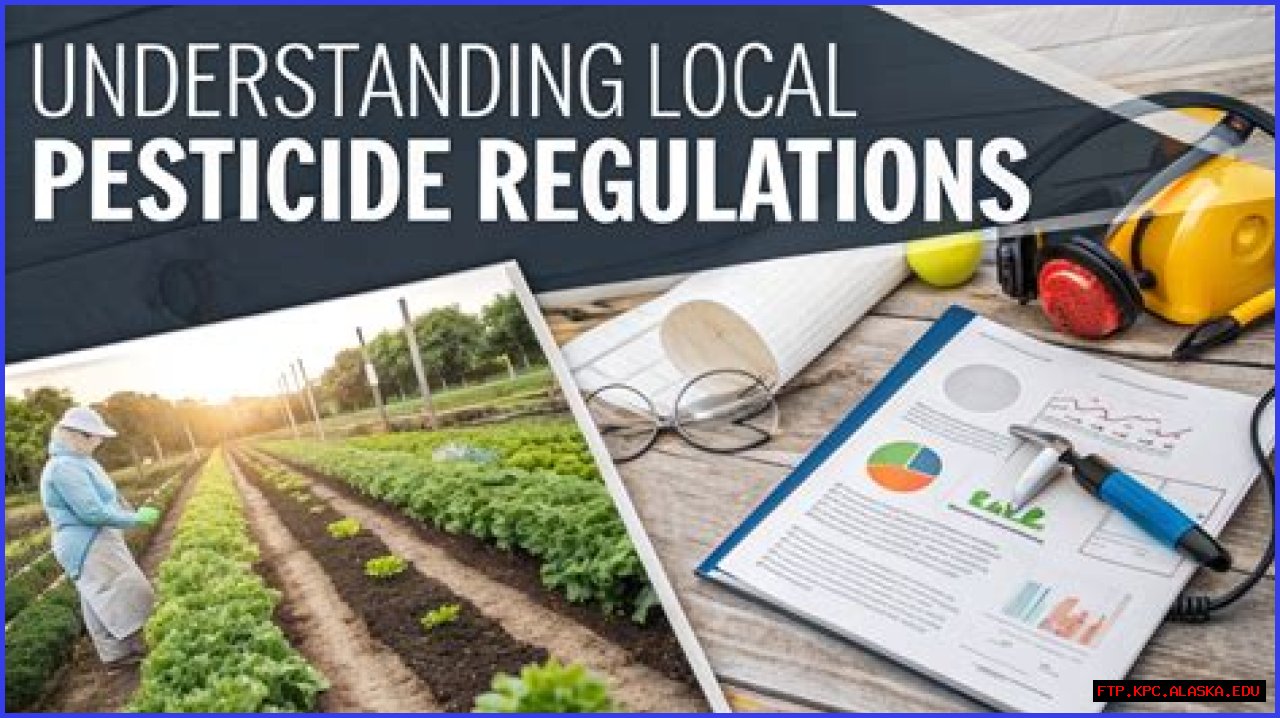In today’s agricultural landscape, the use of pesticides is a common practice for protecting crops and ensuring food security. However, the safety and environmental impact of these chemicals are increasingly under scrutiny. Understanding the cart pesticides list is essential for farmers, consumers, and policymakers alike. In this article, we will explore the various types of pesticides, their uses, regulations, and best practices for safe application and management.
The cart pesticides list serves as a vital resource for anyone involved in agriculture or gardening. It provides detailed information on the pesticides available for use, their active ingredients, and the potential risks associated with them. With the right knowledge, stakeholders can make informed decisions that benefit both crop yield and public health. This article aims to demystify the cart pesticides list and provide actionable insights for effective pesticide management.
As we delve deeper into the topic, we will discuss not only the specifics of the cart pesticides list but also the broader implications of pesticide use in agriculture. From understanding the regulatory framework to exploring alternative pest management strategies, this article is designed to empower readers with the knowledge they need to navigate the complexities of pesticide use responsibly. Let’s get started!
What are Pesticides?
Pesticides are chemical substances used to prevent, destroy, or control pests that can harm crops, livestock, or humans. These substances can be classified into several categories based on their target organisms, including:
👉 For more insights, check out this resource.
- Insecticides: Target insects.
- Herbicides: Target unwanted plants (weeds).
- Fungicides: Target fungal infections.
- Bactericides: Target bacteria.
- Rodenticides: Target rodents.
Types of Pesticides
Pesticides can also be categorized based on their chemical composition, including:
- Organophosphates: Widely used for agricultural and residential purposes.
- Carbamates: Similar to organophosphates but generally less toxic.
- Pyrethroids: Synthetic versions of natural pyrethrins, used for insect control.
- Neonicotinoids: Affect the nervous system of insects, with concerns regarding their impact on pollinators.
Understanding the Cart Pesticides List
The cart pesticides list is a comprehensive compilation of pesticides that are approved for use in various agricultural sectors. It includes essential information such as:
👉 Discover more in this in-depth guide.
- Active Ingredients: The chemical components responsible for the pesticide's effectiveness.
- Usage Guidelines: Recommended application rates and methods.
- Safety Precautions: Information on handling, storage, and disposal.
- Regulatory Status: Information on whether the pesticide is approved for use in your region.
Farmers can access this list through local agricultural extension offices or online databases maintained by regulatory agencies.
Pesticide Regulations and Safety
Pesticide use is strictly regulated to ensure the safety of human health and the environment. In the United States, the Environmental Protection Agency (EPA) oversees pesticide registration and regulation. Key regulations include:
- Federal Insecticide, Fungicide, and Rodenticide Act (FIFRA): Requires all pesticides to be registered with the EPA before they can be sold or used.
- Food Quality Protection Act (FQPA): Sets safety standards for pesticide residues on food.
- Worker Protection Standard (WPS): Provides guidelines to protect agricultural workers from pesticide exposure.
Compliance with these regulations is essential for maintaining public trust and ensuring the safety of agricultural practices.
Best Practices for Pesticide Use
To minimize risks associated with pesticide use, follow these best practices:
- Read Labels: Always read and follow the pesticide label instructions for safe application.
- Personal Protective Equipment (PPE): Use appropriate PPE to protect yourself from exposure.
- Timing and Application: Apply pesticides at the right time to maximize effectiveness and minimize impact on non-target organisms.
- Record Keeping: Maintain records of pesticide applications for accountability and monitoring.
Environmental Impact of Pesticides
The use of pesticides can have significant environmental consequences, including:
- Soil Health: Pesticides can affect soil microorganisms, impacting soil fertility.
- Water Contamination: Runoff from treated fields can lead to contamination of nearby water sources.
- Impact on Biodiversity: Pesticides can harm non-target species, including beneficial insects and wildlife.
Understanding these impacts is crucial for developing sustainable agricultural practices that protect ecosystems.
Alternatives to Chemical Pesticides
There are several alternatives to chemical pesticides that can be effective in pest management:
- Biological Control: Using natural predators or parasites to control pest populations.
- Cultural Practices: Implementing crop rotation, intercropping, and other practices to reduce pest pressure.
- Organic Pesticides: Utilizing naturally derived pesticides that are often less harmful to the environment.
- Integrated Pest Management (IPM): Combining various control methods to minimize reliance on chemical pesticides.
Conclusion
The cart pesticides list is an essential tool for anyone involved in agriculture or pest management. By understanding the types of pesticides, their uses, and the associated regulations, stakeholders can make informed decisions that protect both crops and public health. Implementing best practices for pesticide use, considering the environmental impacts, and exploring alternatives can lead to more sustainable agricultural practices. We encourage readers to share this article, leave comments, and explore additional resources to enhance their understanding of pesticide management.
As we continue to navigate the complexities of agriculture and pest management, staying informed and proactive is key. Let’s work together towards a safer and more sustainable future!
Carl Switzer: The Life And Legacy Of A Child StarCocostar: The Ultimate Guide To The Irresistible Chocolate Coconut TreatOne Man One Horse: The Unbreakable Bond Between Humans And Horses
2. Commonly used and pesticides in India Download Table
Cart Pesticides 2024 List Minda Sybilla
Produce With The Highest Pesticide Levels (Plus A Shopper's Guide
